by Daniel | Last Updated December 1st, 2021

As the home of Machu Picchu, Peru is most definitely on the tourist track. And the tourist numbers here are growing. The daily limit of tourists allowed into the site (by the government and UNESCO) is 2,500, but they’ve been breaking records for years, and in 2013, more than 1.2 million people visited the site alone.
While this incredible Andean site is a major attraction, you might not hear much about the rest of Peru. Is Peru safe for tourists? What’s the infrastructure like? What do you do need to do to make sure you have a good time and avoid crime?
The answer is, yes, Peru is safe, but you still need to travel smart. Here’s what you need to know.
The Biggest Safety Risks in Peru: Petty Crime and Scams
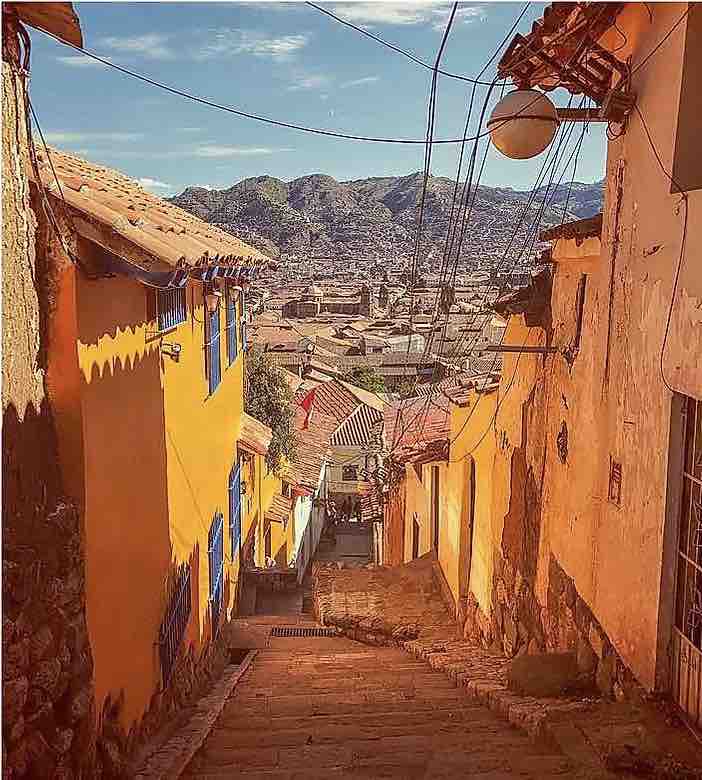
Peru is generally a safe place to visit, but as a tourist, you are at risk of the two most common types of crime: pickpocketing and scams.
Most pickpocketing occurs around tourist hotspots in city centers. You will have your wallet one minute, and the next minute, it will be gone without you even noticing.
Mugging does happen, but it’s unlikely to happen in a well-lit tourist area in the middle of the day in part because Peru has tourist police who patrol popular areas in all the major cities by foot and by motorbike and are therefore very likely to spot something going wrong. As in most places, these muggings and so-called “express kidnappings,” typically only happen in deserted areas without much infrastructure or lighting. But these aren’t usually areas tourists have any interest in visiting.
Violent crime does exist, but like so many other places, you are unlikely to be a target of violent crime because, as a tourist, you aren’t on anyone’s hit list. The U.S. has a higher intentional homicide rate than Peru, so make of that what you will.
The bottom line: the most likely crime you might experience is one that you won’t even notice until it’s too late.
But let’s talk about another prevalent crime that doesn’t always feel like a crime when you get involved: scams.
Common Scams in Peru
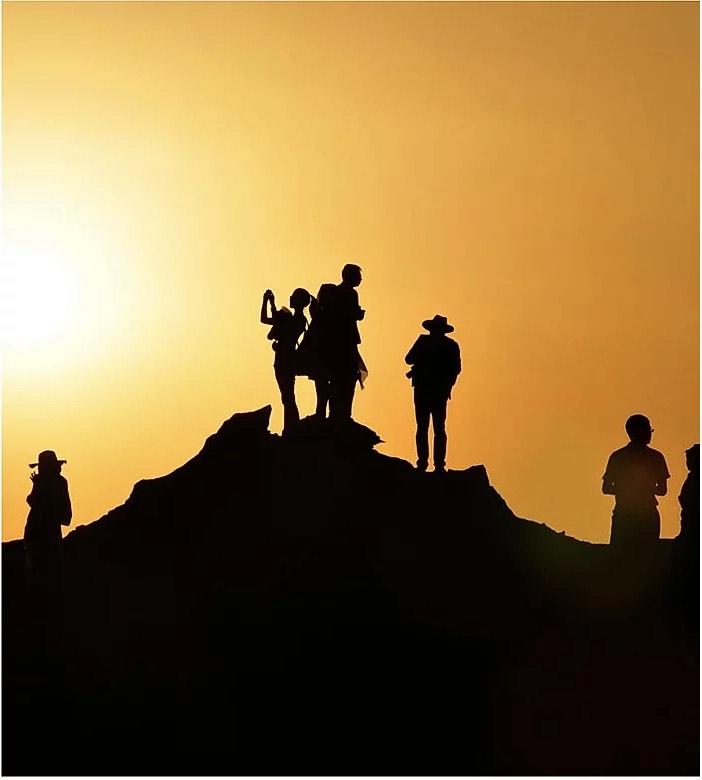
The vast majority of people won’t get scammed in Peru because they won’t fall for these scams.
Tourist scams here tend to fall into two categories: fake or unlicensed tours and tickets and counterfeit products, and they typically target Machu Picchu, which has the highest number of visitors.
The first big scam is buying third-party train tickets and entry tickets to Machu Picchu. You can avoid this by purchasing your tickets from the government website; remember, there are controlled numbers to Machu Picchu. So if the government isn’t offering tickets for the day you want to go, then no other site should have them either. If they do, it’s very likely a scam.
A second Machu Picchu scam is one where unscrupulous tour guides tell you that you can’t go to Machu Picchu without a guide or tour company. It’s not true.
You can solo or with a tour, but if you go on a tour, the operator needs to be licensed. If you see a deal that is too good to be true (or even an average price), check their status with the Peruvian Ministry of Foreign Trade and Tourism.
Let’s move on to the second, but less damaging group of scams: fake products. These are usually cheap imitation products of Inca pottery, silver of baby alpaca that the touts claim are real. You’re more likely to find these scams in the historic center of Cusco or Miraflores in Lima.
An excellent way to avoid these scams is to visit a fairtrade store – and don’t buy from the street. Fairtrade stores make sure artisans and farmers get a fair price for their money, and they are often coops that are locally run.
Road Safety: How Safe is Traveling Around Peru?
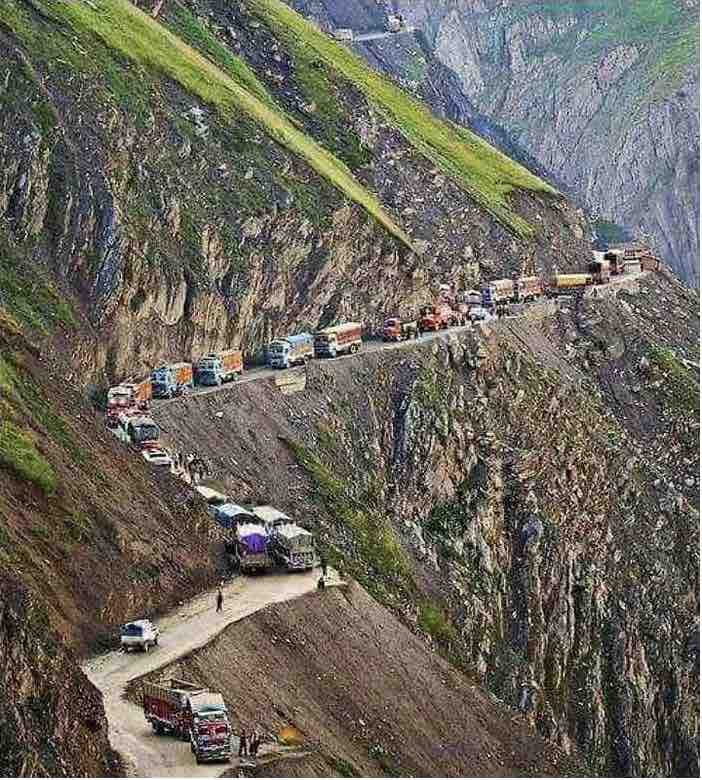
Even if you have traveled through other parts of South America, you may still gawk at the state of Peruvian roads. A World Health Organization report in 2013 named the roads as some of the most dangerous in Latin America. And if you’ve been to Brazil, you know that’s, no mean feat.
The issues with driving in Peru are two-fold. First, the state of the roads is appalling in itself.
Second, the drivers are very aggressive. They will tailgate, cut you off, and make dangerous maneuvers that put your life at risk. Peruvian drivers are best known for ignoring the very few traffic rules that do exist.
You also have to contend with local buses, and the drivers of these are both erratic and aggressive at once. These drivers are on strict time limits, and if they miss them, they lose money. If taking out a dog or forcing a slow-moving car off of the road is what they have to do, then it’s what they have to do.
Additionally, if you drive between cities, then you need to stop at checkpoints, which means interacting with the Peruvian national police. While the tourist police you encounter in city centers are very friendly and helpful, a lone policeman stuck on duty in the middle of nowhere at dusk could find something wrong with your car or your face and give you a fine (roughly $150) that you need to pay on the spot.
There’s also an open system of bribery in place among Peruvians because the official police fine is half of the average monthly wage, which means people often pay a smaller fee to make the problem go away.
The bottom line: if you are fluent in Spanish, regularly travel to Latin America, and are a skilled defensive driver, then driving in Peru is an adventure. If you don’t identify with all three of these things, you’ll want to stick to the national bus network (the tourist bus) and private tours. The stress alone is not worth it for most people. There are just too many variables.
Before you move on, don’t go on your trip thinking all Peruvian police are corrupt! The country has been trying to get rid of this roadside extortion for years – by encouraging more female police officers. You can read more about their efforts here. You might think they could also raise police wages above the poverty line to limit the need for bribery, but that’s a different issue altogether.
How to Take Buses and Taxis in Peru
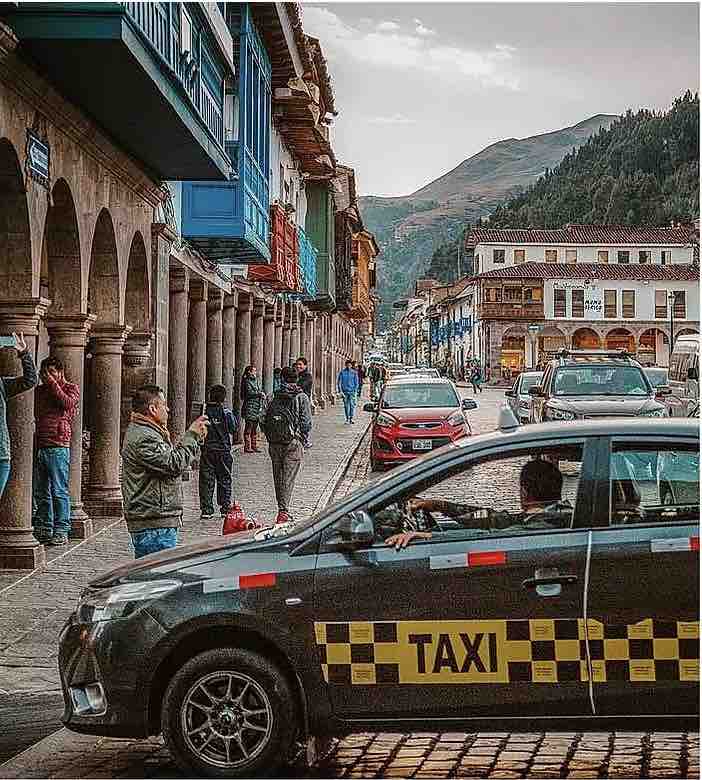
If you want to skip the expense of a private or group tour, you can get around the country without driving a rental car.
The average tourist will want to skip local buses in favor of the more expensive (only slightly) bus companies that primarily cater to tourists.
Some of the best companies to work with are:
- Peru Hop
- Cruz Del Sur
- Oltursa
- Civa
- Tepsa
- Movil
Peru Hop is generally recognized as the best bus service to take, but it only covers the Lima to Cusco route. Peru Hop will even pick you up at hotels and hostels in the cities they serve, which means you can skip any dodgy bus terminals. You can also buy flexible passes that allow you to hop-on/hop-off rather than delivering you from A to B. It’s perhaps the most similar to self-driving without having to brave the roads yourself.
If you want to take a bus where you’ll also hang out with Peruvians, then Cruz del Sur is your best choice. It’s the best-known company that’s both comfortable and safe and used by locals. They also have better coverage throughout Peru. Delays are more common, and you won’t get that gold-star tourist customer service, but it’s a bit more authentic.
Are you taking a taxi? Make sure you use an official one and try to travel with a companion when you can. At the airports, take official taxis in the official car park. Then, ask your hotel, hostel, or restaurant to call you a taxi. Avoid hailing one from the street unless you find a police-manned taxi rank.
Some cities (like Lima) don’t have meters in even the official taxis. You may need to be ready to negotiate. The benefit of having a Peruvian call one for you is that they can argue on your behalf.
What about Uber? Uber does exist around Peru, but many people say it is not worth it. You should particularly avoid it from the airport, where you can quickly get the Airport Express instead. Keep in mind that most Uber drivers here are already taxi drivers, and the service won’t be like what you might be used to in the U.S. or elsewhere where Uber is extremely popular.
Official taxi fares aren’t expensive here, so Uber isn’t a necessary option.
How to Travel Safely in Peru: 5 Excellent Tips
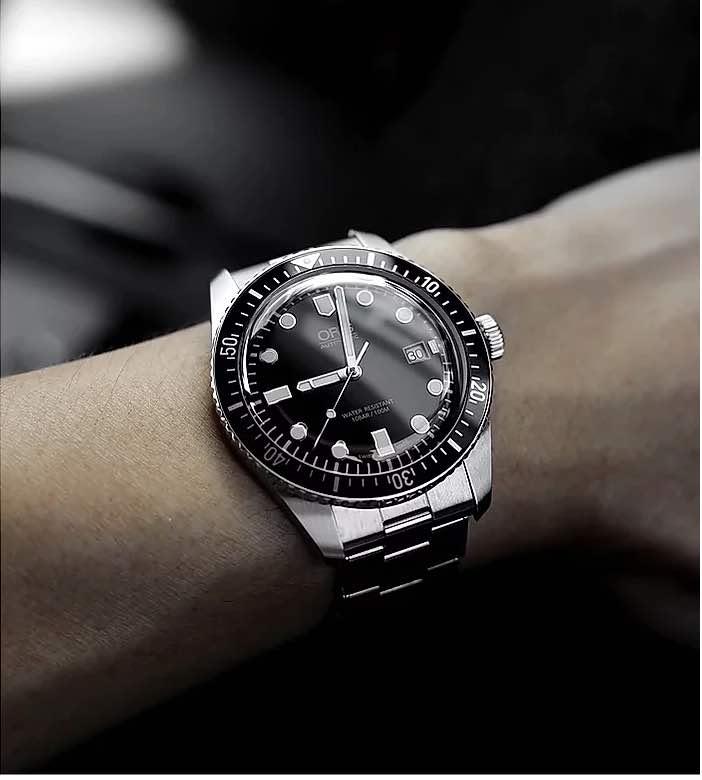
Traveling safely and comfortably in Peru isn’t hard. The vast majority of it is following your instincts and using common sense – just like you might find in any other major city in your home country.
Here are a few safety tips to help avoid any unpleasant experiences (or mitigate the damage if they do happen):
1. Carry Only the Cash You Need (+ a Card)
Don’t walk around with all the cash you brought on your trip because if you get pickpocketed, it will all be gone.
Instead, go out with the cash you need for the day/afternoon and only one credit or debit card.
Keep everything else (emergency credit cards, passports, IDs) in your hotel safe.
2. Avoiding Hanging Around Empty Spaces During Dusk/Dawn Hours
This one is common sense, but you might be surprised how many people disregard it, particularly at the Sacsayhuaman ruins in Cusco. The ruins are a beautiful place to take sunrise and sunset photos, but they are also a great place to get mugged when empty.
Travel in groups, don’t carry your entire wallet, and go with a local if you can.
3. Don’t Flash Your Wealth
Don’t wear your $10,000 watch, carry your iPhone X around on a selfie stick, or literally flash your cash around. As anywhere, flagrant displays of wealth make you a prime target for thieves. This is just as true in your hometown as it is in Peru.
4. Keep Your Valuables on You When You’re on the Bus
Don’t put your wallet, iPad, and passport in your bag, and then stash it before taking a snooze on the bus. Things do go missing, even in such a confined space. It’s best to keep it on your person or in a bag under your feet, when necessary.
5. Keep an Eye on Your Credit and Debit Card Statements When You Get Home
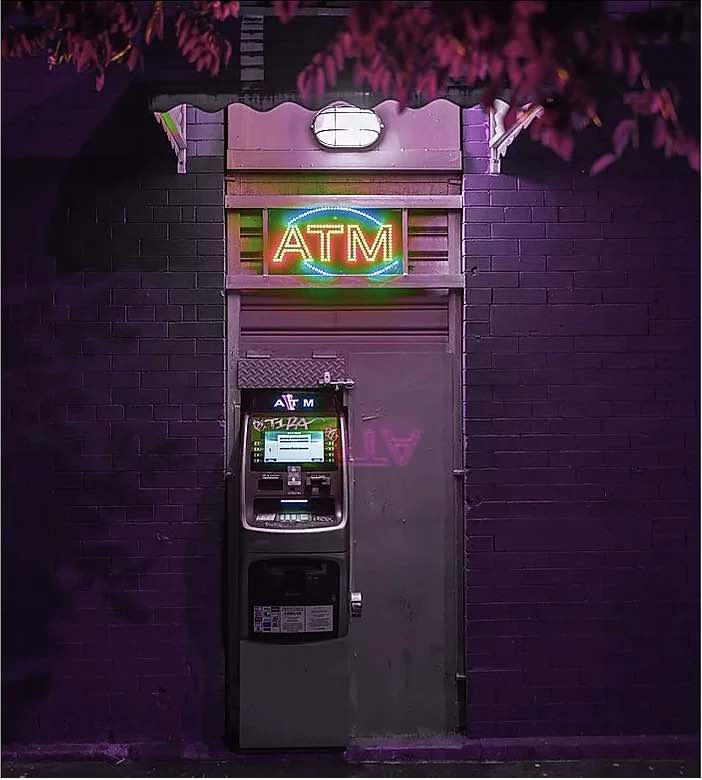
Credit card and ATM fraud are prevalent in Peru, and they can happen to anyone. You can avoid them by using ATMs hosted by national banks and by keeping an eye on your card whenever you pay for something in a shop or restaurant.
However, it’s a good idea to review your statements after you get home and for the months after for suspicious charges, just in case someone skimmed your card at some point along the way.
Bonus Tip: Get Good Travel Insurance
Travel insurance is an excellent idea on any trip, but it can be a real lifesaver in Peru.
It doesn’t just cover medical bills or canceled flights. Many policies now cover the loss of your mobile phone or luggage. You can also buy plans that replace your cash if you get robbed at an ATM.
You’ll find it’s better to have travel insurance and not need it than to need it and not have it.
Is Peru Safe? Yes, and It’s Magical
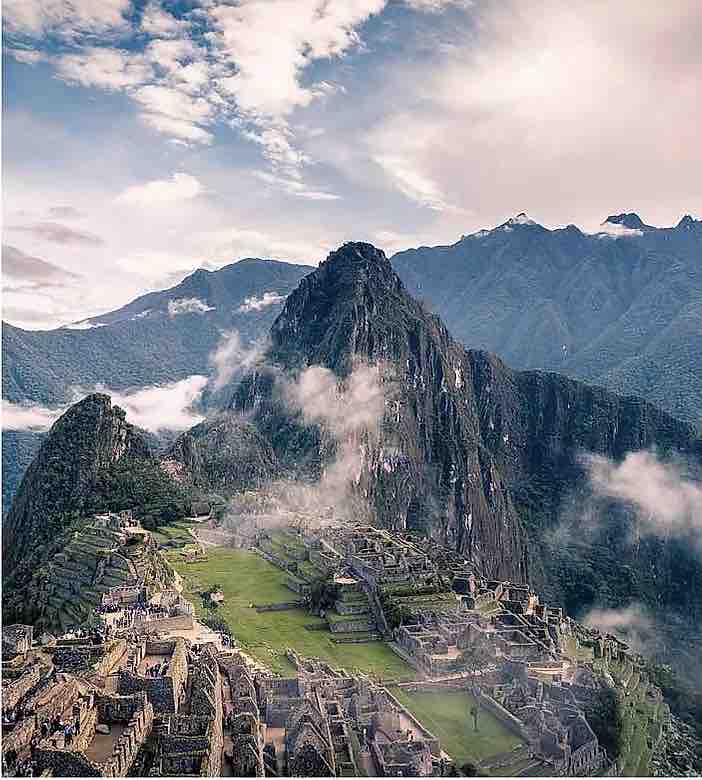
Tourism in Peru is reaching record numbers. While a massive influx of travelers presents its own problems in places like Machu Picchu, it’s generally a good thing for a country because tourism is an incredibly efficient way to transfer wealth between communities.
Is Peru safe? Absolutely, but you need to travel smart. Don’t flash your wealth, book with licensed tour operators, and take the bus if you’re not a defensive driver. But remember: none of these issues are unique to Peru or Latin America.
Are you about to book a trip of a lifetime to Peru? You’ll need a good backpack to see you through your trip. Check out the round-up of my favorite products here.
